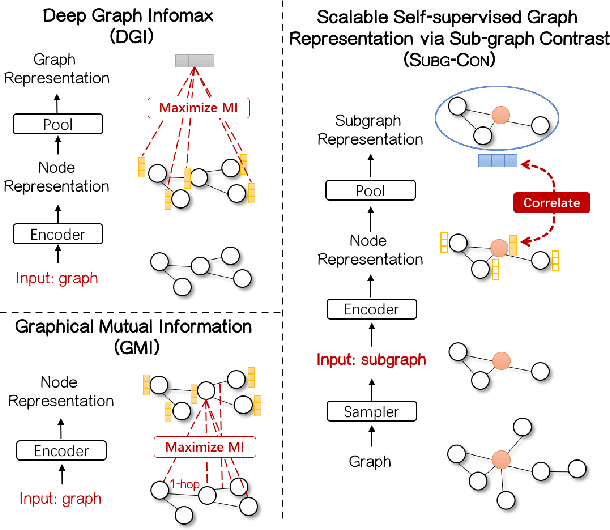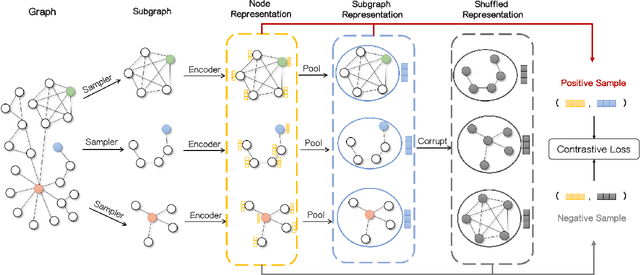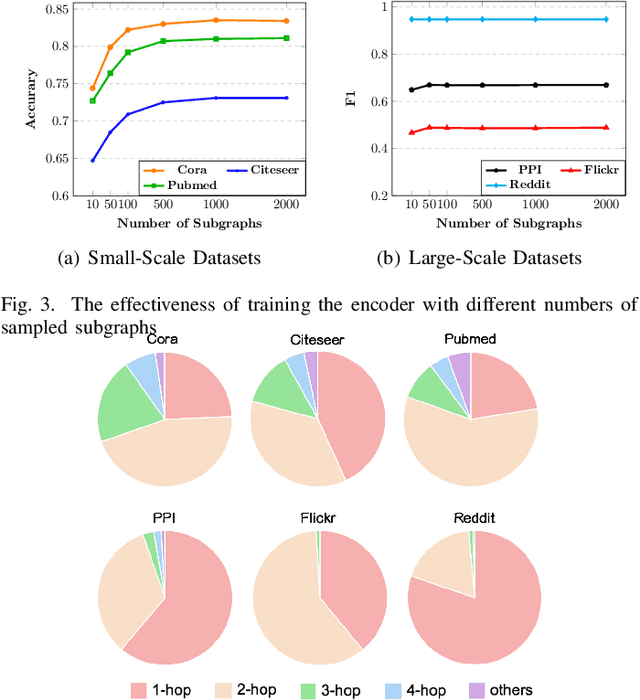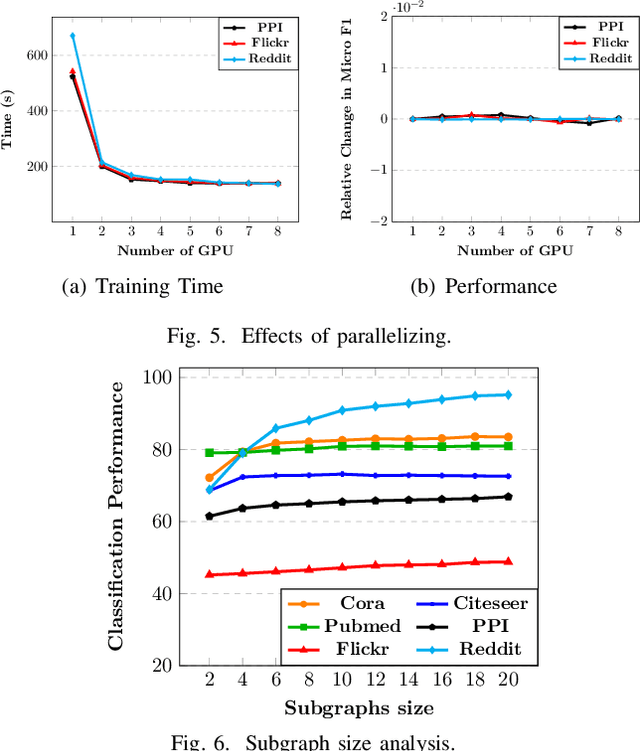Sub-graph Contrast for Scalable Self-Supervised Graph Representation Learning
Paper and Code
Oct 08, 2020



Graph representation learning has attracted lots of attention recently. Existing graph neural networks fed with the complete graph data are not scalable due to limited computation and memory costs. Thus, it remains a great challenge to capture rich information in large-scale graph data. Besides, these methods mainly focus on supervised learning and highly depend on node label information, which is expensive to obtain in the real world. As to unsupervised network embedding approaches, they overemphasize node proximity instead, whose learned representations can hardly be used in downstream application tasks directly. In recent years, emerging self-supervised learning provides a potential solution to address the aforementioned problems. However, existing self-supervised works also operate on the complete graph data and are biased to fit either global or very local (1-hop neighborhood) graph structures in defining the mutual information based loss terms. In this paper, a novel self-supervised representation learning method via Subgraph Contrast, namely \textsc{Subg-Con}, is proposed by utilizing the strong correlation between central nodes and their sampled subgraphs to capture regional structure information. Instead of learning on the complete input graph data, with a novel data augmentation strategy, \textsc{Subg-Con} learns node representations through a contrastive loss defined based on subgraphs sampled from the original graph instead. Compared with existing graph representation learning approaches, \textsc{Subg-Con} has prominent performance advantages in weaker supervision requirements, model learning scalability, and parallelization. Extensive experiments verify both the effectiveness and the efficiency of our work compared with both classic and state-of-the-art graph representation learning approaches on multiple real-world large-scale benchmark datasets from different domains.
 Add to Chrome
Add to Chrome Add to Firefox
Add to Firefox Add to Edge
Add to Edge